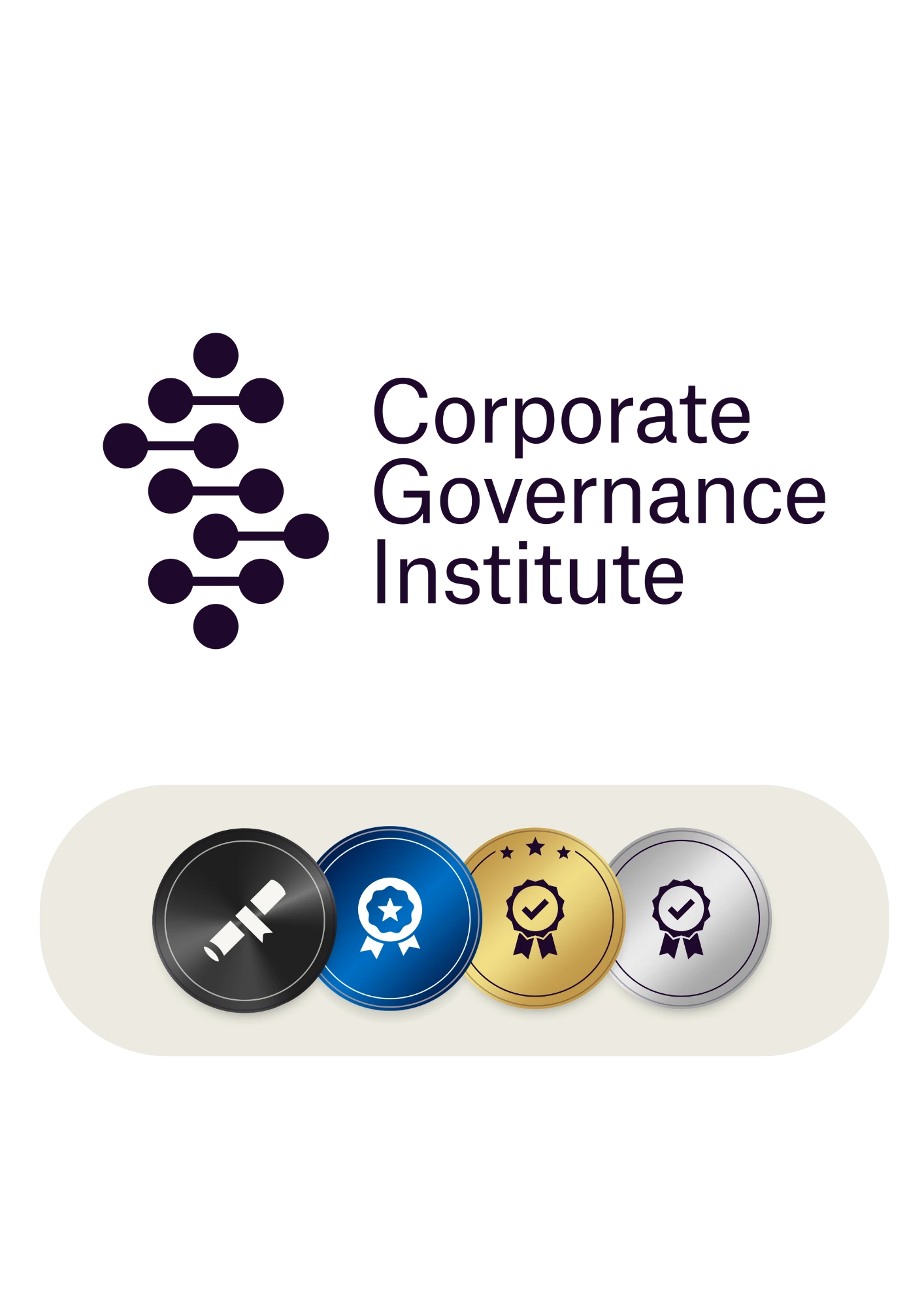Qualification Level
Fundamentals of Risk Management for Directors
X people viewing the course right now
Become a smarter and more effective leader. Rapidly acquire the insights and skills to lead and strengthen your organisation’s risk management systems.

Why is risk management in corporate governance important?
Most organisations face risk in their day-to-day activities. It shows they’re open to change and innovation. Risk management pinpoints and helps to prepare for risk, so that there’s no negative impact. A board with a good risk response strategy sets itself up for success.
Identify
No board knows for sure the outcome of risk, so a risk management strategy is essential to identify different outcome scenarios.
Assess
Knowing which risks make sense for the organisation and which are reckless takes time and a broad combination of skillsets to get right.
Control
A board that asks the right questions will have proper oversight of risk and its outcome for the organisation.
Learn more about the Certificate
What you will learn
The fundamentals of risk
Explore the fundamental concepts of risk, and distinguish the difference between risk management and oversight.
Risk oversight and monitoring
Get an in-depth understanding of useful key aspects and considerations for risk oversight and monitoring.
Risk response
Learn about the different responses boards can take to risk and the key considerations they need to explore.
The future of risk management
Discover the trends in risk management that could influence the risk landscape and how changes in risk mindset are having an impact.
How you will apply your learning
Identify and confidently speak about the material risks that the organisation faces in a timely manner.
Recognise and implement an appropriate risk management strategy to manage different risks.
Understand how to integrate risk and risk management into strategy development and business decision-making.
Use your knowledge to escalate material risk information to senior executives, the board, or relevant committees quickly.
Recognise that risk is not necessarily negative and that there can be many positives to taking risks.
Ensure the board is kept informed about the changing risk landscape and identify how the organisation can adapt.























